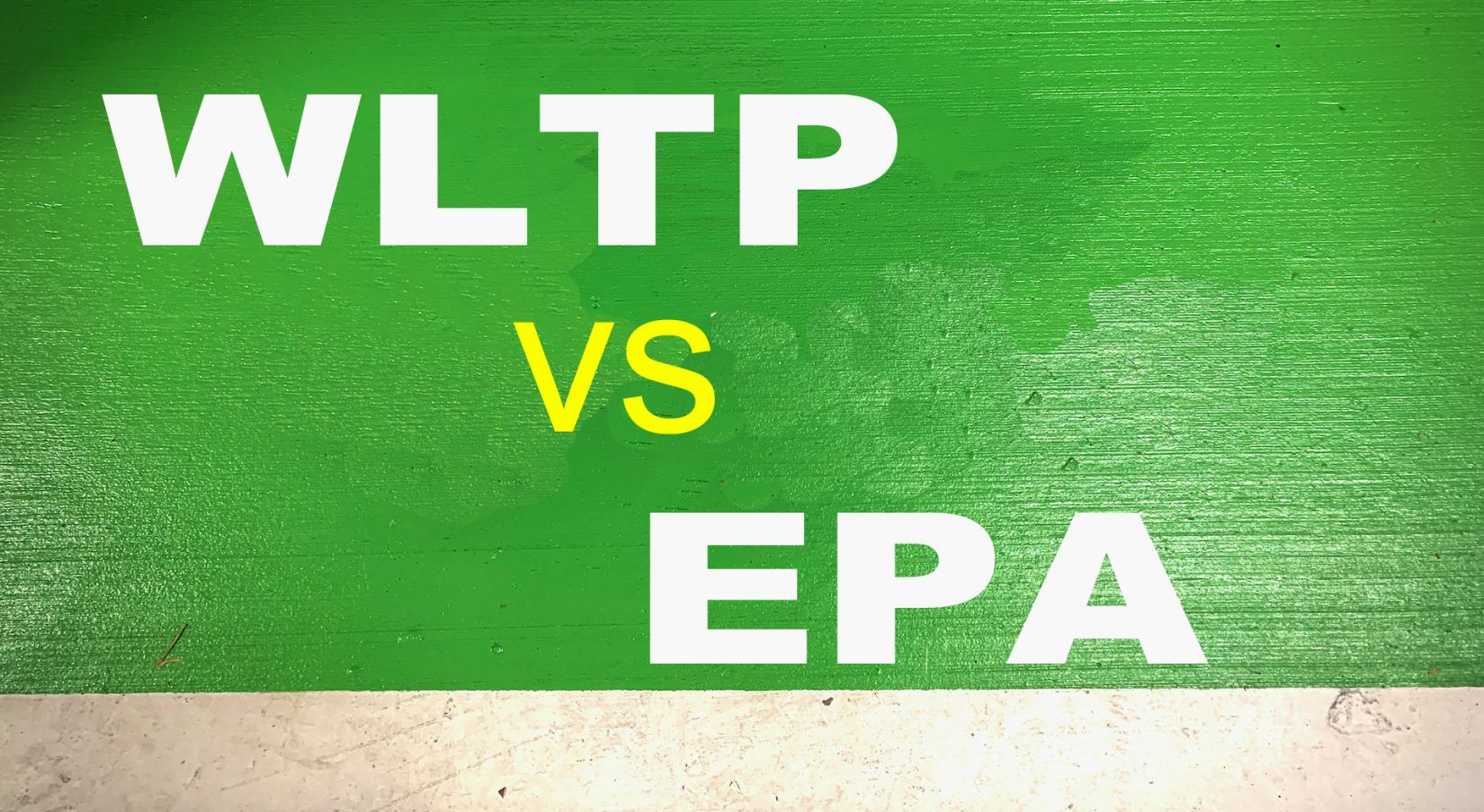Our site is based in North America so we mainly use EPA (Environmental Protection Agency) fuel ratings figures for the cars we cover – but now and again WLTP (Worldwide Harmonized Light Vehicle Test Procedure) number used. Some manufactures like Lexus will use WLTP numbers but the bulk of car makers stick to the EPA standard.
What are these acronyms (EPA,WLTP, NEDC and CLTC)? The EPA and WLTP numbers are the main ones; so how do we convert from one to the next.
Let’s break them down together.
How did we get here
As the automotive industry continues to evolve, the standards that govern vehicle emissions testing also need to change. When it comes to understanding the differences between WLTP, EPA, NEDC, and CLTC, it’s important for car owners to stay up to date.
How to convert WLTP to EPA or EPA to WLTP
Since WLTP and EPA standards measures conditions somewhat differently, their final figures will never be close. So then, how do we convert between the two standards?
We will let InsideEVs explain their methodology (their method works and is simple)..
“The WLTP figure to be about 22 percent higher than EPA, and the CLTC number about 35% higher than EPA. CLTC also appears to be a few percentage points higher than NEDC.”
https://insideevs.com/
To simplify that methodology, lets a car has15 mpg city (EPA rating), then the WLTP figures on average maybe about 22 percent greater – which works out to 18.3 mpg (WLTP).
EPA the older standard: What is it?
The EPA stands for the Environmental Protection Agency, and the NEDC stands for the New European Driving Cycle. The EPA and NEDC tests were created in the 1980s, and were used to measure vehicle fuel consumption and emissions. These tests are not as comprehensive as the WLTP, and as such, can be less accurate.
What is the NEDC standard?
The New European Driving Cycle (NEDC) is a standard test cycle used to assess the fuel consumption and emissions of passenger cars. It is used by government authorities and the automotive industry to certify the fuel consumption and emissions of new cars in the European Union.
NEDC like the EPA measures city and highway driving separately
The NEDC is composed of four different parts, each of which simulates different driving conditions.
- The first part is an urban cycle which simulates driving in city traffic.
- The second part is an extra-urban cycle which simulates driving on the highway.
- The third part is an acceleration test which simulates rapid acceleration and deceleration.
- The fourth part is a constant speed test which simulates steady driving at a constant speed.
The NEDC is designed to assess the fuel consumption and emissions of vehicles under realistic driving conditions. The NEDC is used to set emissions limits and to certify the compliance of vehicles with the applicable standards.
What is the WLTP standard?
WLTP stands for Worldwide Harmonized Light Vehicle Test Procedure, and it is the most recent (and most accurate some say) method of measuring fuel consumption and emissions from light-duty vehicles.
This test takes into account a variety of factors, including the characteristics of the car, the test environment, and the type of road.
Why is the WLTP considered more accurate than the EPA or NEDC standards
The WLTP test is more realistic than the older EPA or NEDC tests, as it takes into account real-world conditions such as:
- traffic
- acceleration
- temperature
What is the CLTC standard?
The CLTC stands for China Light Duty Test Cycle, and is the standard used to measure emissions in vehicles sold in China. The CLTC test is similar to the EPA and NEDC tests, but it is more comprehensive.
What factors do the CLTC measures?
I hope you can see a pattern here that virtually all the other testing standards are more comprehensive the EPA. For example the following are just some of the conditions the CLC measures for:
- altitude
- humidity
- wind
In conclusion
We will continue to use EPA data in our articles and comparison pieces because well, they’re the most familiar to our audience. However, whenever we cover some car makers from say, Europe or China; WLTP or CLTC figures may get thrown in.
The WLTP test is the most accurate and comprehensive method of measuring fuel consumption and emissions from light-duty vehicles. The older EPA and NEDC tests are not as accurate, and the CLTC is used to measure emissions in vehicles sold in China.



